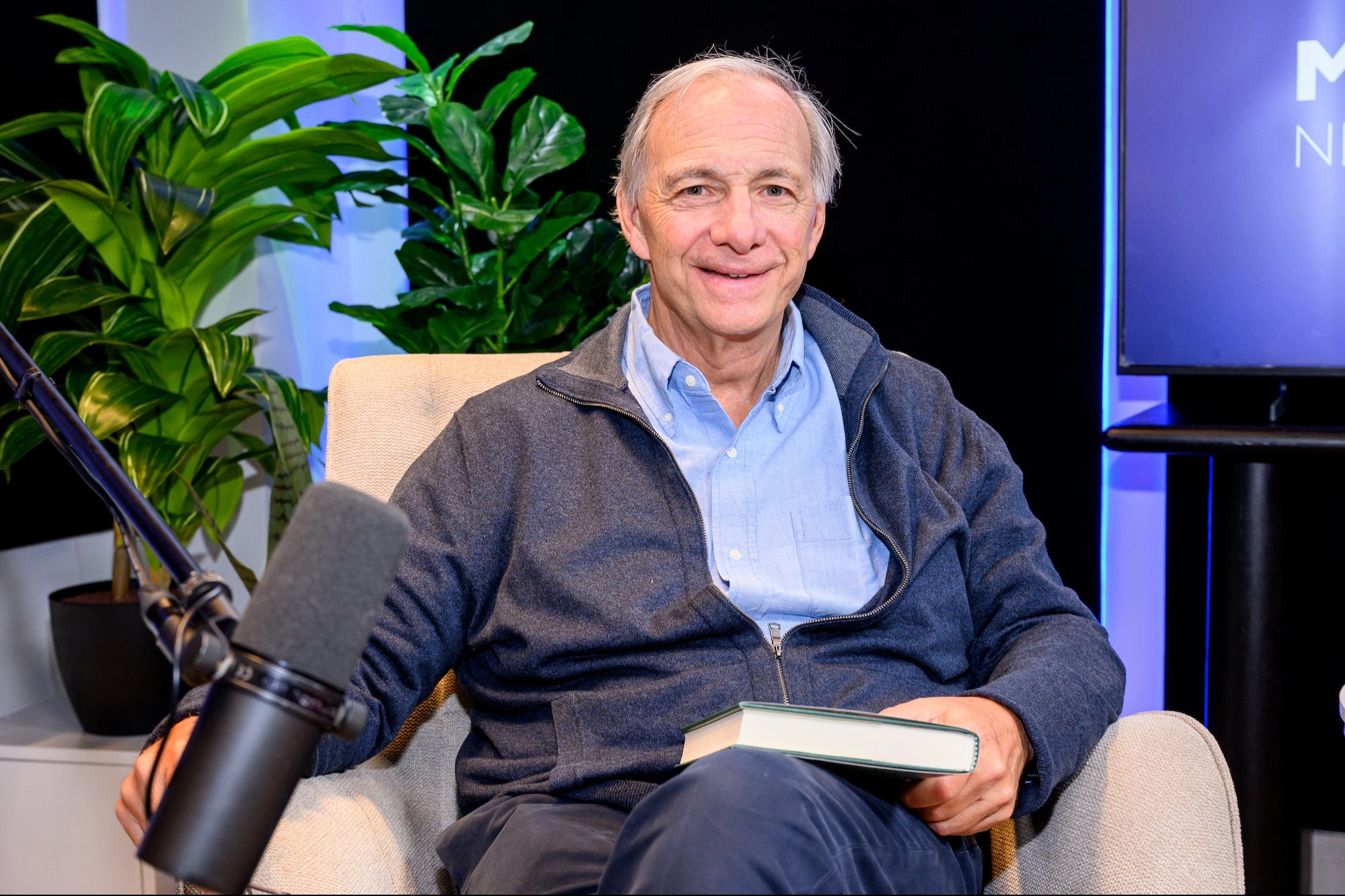If You're Using ChatGPT This Way as a Marketer, You're Missing Out on Its Full Potential. Here's How to Maximize Your Results. The real value of AI isn't in what you ask — it's in how you shape the conversation. Mastering prompt interactions means better content, sharper thinking and fewer generic outputs.
By Scott Baradell Edited by Chelsea Brown
Key Takeaways
- Instead of expecting a perfect output from a single prompt, break your process into stages — ideation, structure, drafting and refinement.
- Don't just accept the initial draft. Use micro-prompts to revise and fine-tune the content.
- ChatGPT isn't just for content creation. You can also leverage it for strategic thinking, such as naming campaigns, testing messaging or exploring buyer personas.
Opinions expressed by BIZ Experiences contributors are their own.
By now, most marketers have experimented with ChatGPT. You've probably asked it to write a blog outline, draft a few email subject lines or generate some Instagram captions. But if you're still treating it like a vending machine — insert prompt, get content — you're leaving a ton of value on the table.
The real power comes from what we call "prompt conversations": a deliberate, iterative back-and-forth between you and the AI, where each response informs your next prompt. It's not about asking for the perfect output upfront. It's about collaborating with ChatGPT to create something better, faster — and often, more original than you could've come up with in isolation.
Here's how to make that shift.
Related: 3 Tips to Know Before Using ChatGPT for Marketing
Think in stages, not prompts
Instead of expecting one prompt to give you a finished piece of content, break your process into phases: ideation, structure, drafting and refinement. ChatGPT shines when it has context, and a conversation gives it exactly that.
Let's say you're writing a blog post on cybersecurity for small businesses. Don't just prompt: "Write a 1,000-word blog post on cybersecurity tips for small businesses." That'll get you something generic.
Instead:
Start with a role and outcome prompt: "Act as a content strategist. Give me five timely blog post angles on cybersecurity for small businesses."
Follow up: "Take the second idea and create a blog outline with an intro, three main sections and a conclusion."
Draft in pieces: "Now write the intro in a conversational tone. Mention a recent news event that makes this topic urgent."
Each step improves quality and gives you control. Plus, it allows you to correct course if the AI veers too far from your intent early on.
Refine with micro-prompts
Most marketers underuse ChatGPT's ability to revise its own work. Don't settle for a "meh" paragraph. Tell it what to fix.
"Make this paragraph more concise."
"Add a metaphor to explain this idea."
"Rewrite in the tone of a Seth Godin blog post."
You're not starting over; you're editing collaboratively. This is where the "conversation" really kicks in — and where nuance, style and depth start to emerge. You'll often be surprised by how well ChatGPT responds to creative nudges.
Related: 5 Mistakes I Learned to Avoid When Working With ChatGPT
Use it for strategic thinking, too
Prompt conversations aren't just for content execution. They're great for upstream thinking — like naming campaigns, testing messaging or exploring buyer personas.
For example:
"Give me five brand voice directions for a SaaS platform targeting mid-market CFOs."
"How would each of those voices describe the same feature?"
ChatGPT will do the heavy lifting, and you'll spot ideas you hadn't considered. You can even ask it to role-play as a skeptical customer or a competitor, helping you pressure-test your messaging before going to market.
Build your prompt stack
Once you find sequences that work (e.g., for writing case studies, newsletters or landing pages), save them. Create a prompt stack: your own playbook of step-by-step conversations that consistently produce results.
This saves time and improves quality across your team. Over time, you'll develop reusable frameworks for different content types, which reduces friction when onboarding new team members or scaling campaigns.
Beware of blind spots
As powerful as prompt conversations are, they come with caveats. ChatGPT's job is to be helpful — even when that means inventing information that sounds right but isn't. It will confidently cite fake statistics, create imaginary quotes or attribute real quotes to the wrong people. It's not trying to deceive you; it's trying to please you.
Always double-check facts, names and sources. If ChatGPT gives you a quote, Google it. If it cites a study, look for the original. Treat the AI's content as a first draft that requires human judgment and verification.
Another pitfall: the language itself. ChatGPT has certain go-to phrases that instantly signal "AI-generated." You've seen them:
"In today's fast-paced digital world…"
"Unlock the power of [insert feature here]..."
"Whether you're a small business or a large enterprise…"
These lines feel stale and generic because they are. Savvy readers (and editors) can spot them a mile away. Train yourself to recognize this filler language — and ask ChatGPT to rewrite with more specificity and originality:
"Avoid clichés. Rewrite this intro with a punchy, unexpected opening."
"Replace this generic phrase with something vivid or visual."
You can even paste in your brand's existing content and prompt: "Match this tone and avoid generic marketing language."
Another tactic is to proactively set constraints. For instance, tell ChatGPT: "Avoid using startup clichés or overused buzzwords." You can also ask it to analyze its own writing: "Which phrases in this paragraph might sound too generic or robotic?" It's surprisingly self-aware when asked.
AI can get you 80% of the way, but that last 20% — the polish, the precision, the personality — comes from you.
The marketers getting the most out of ChatGPT aren't those who know the cleverest single prompts. They're the ones who treat it like a junior collaborator: giving it guidance, pushing it to iterate and building on its outputs.
Prompt conversations shift your mindset from "asking" to "shaping." And that makes all the difference.
Start a smarter conversation. Your content will show it.











